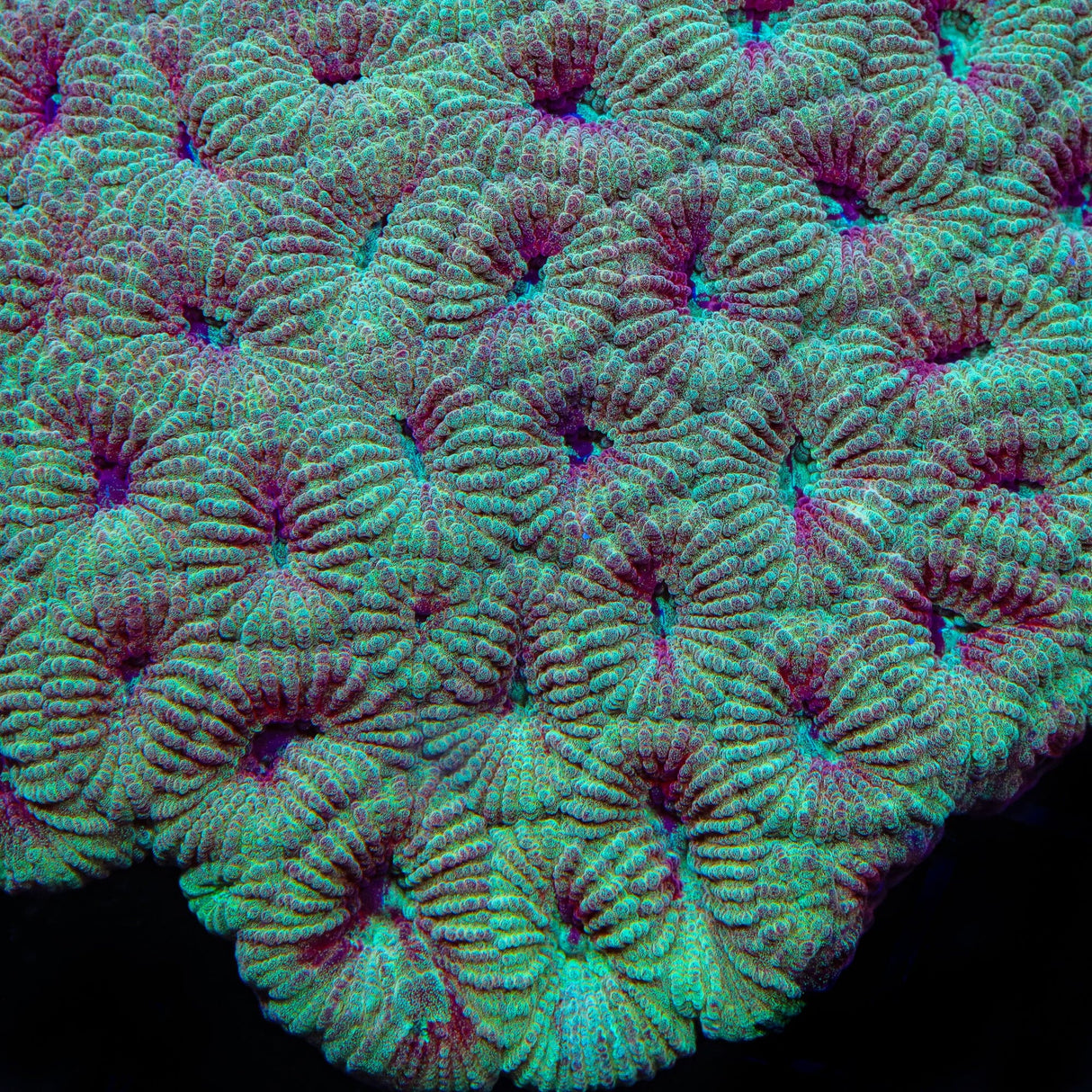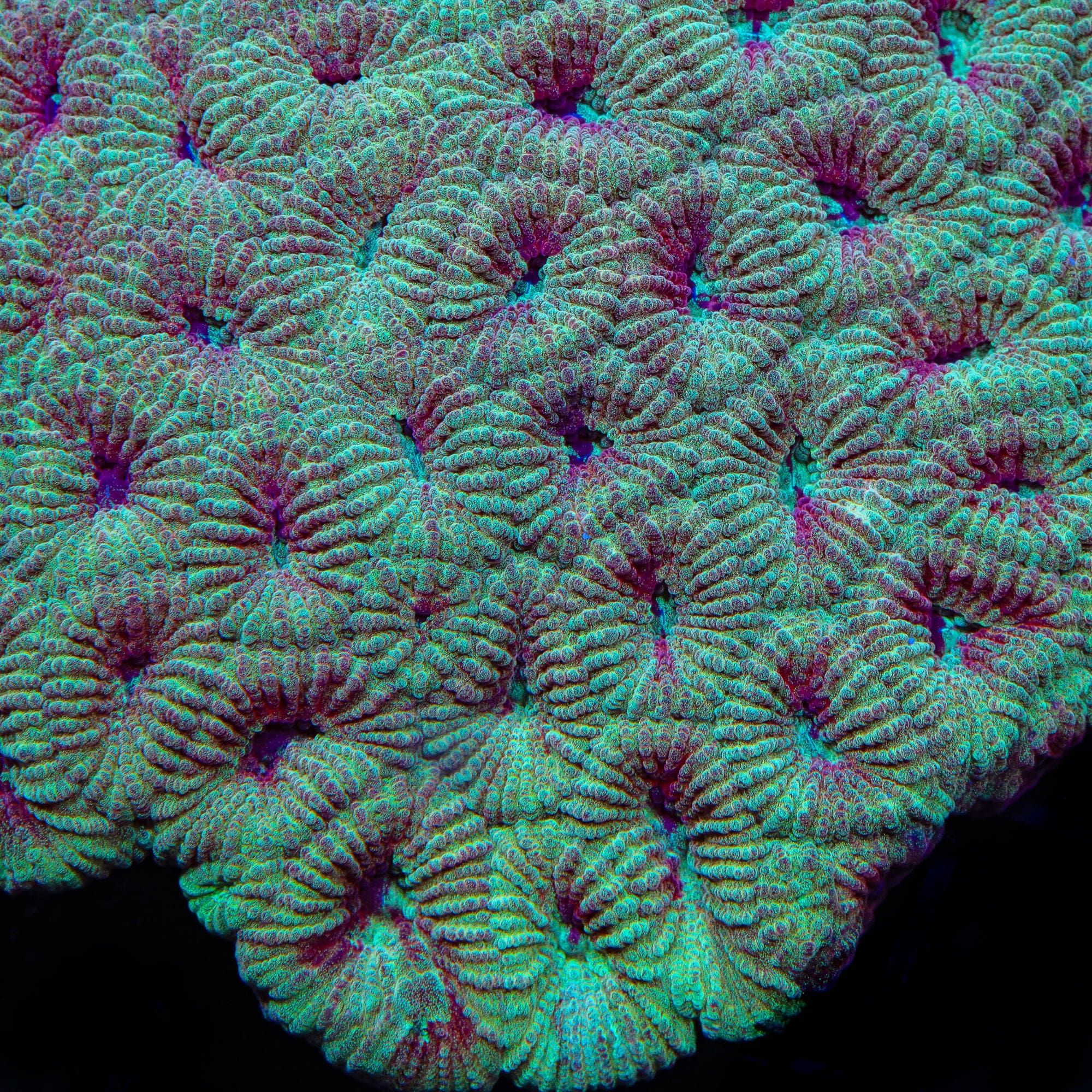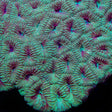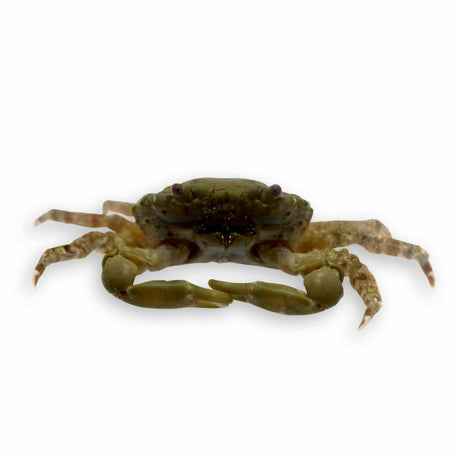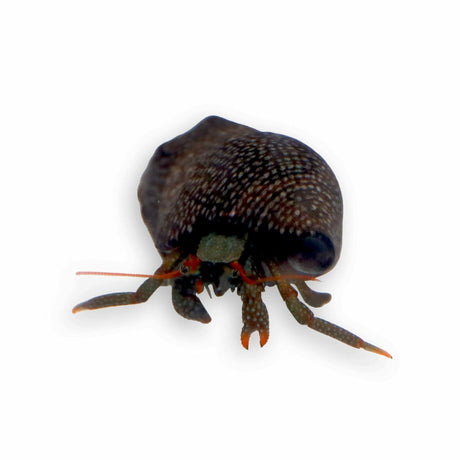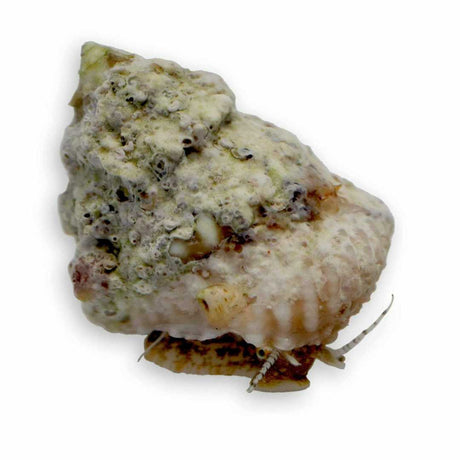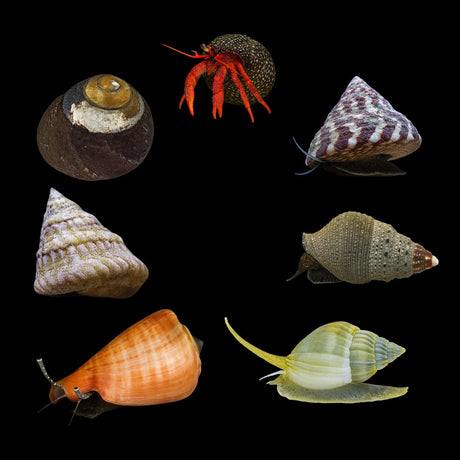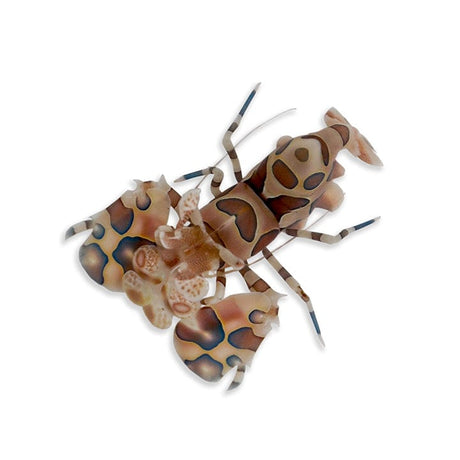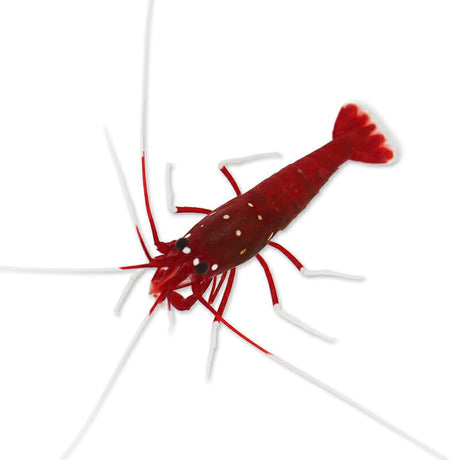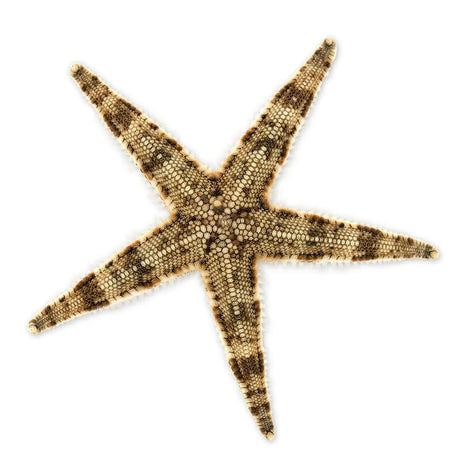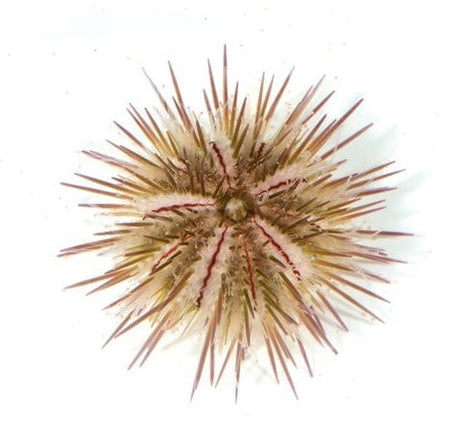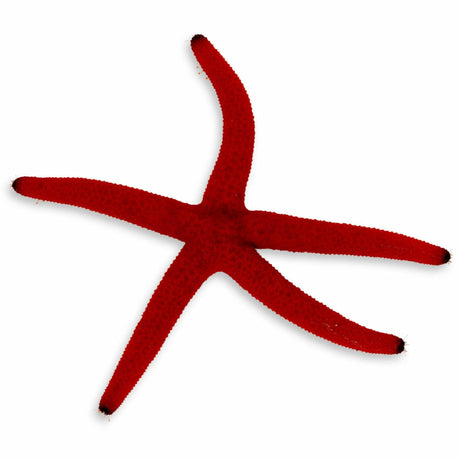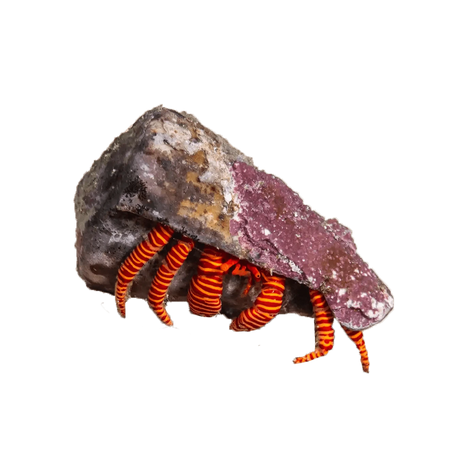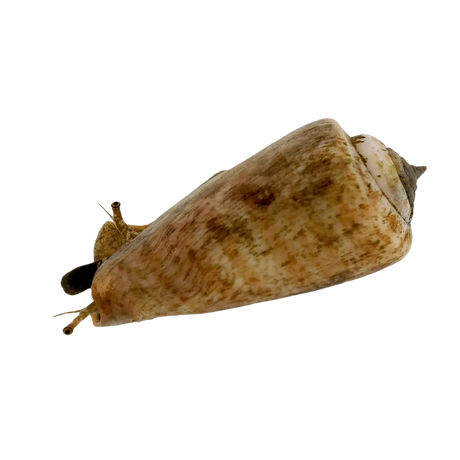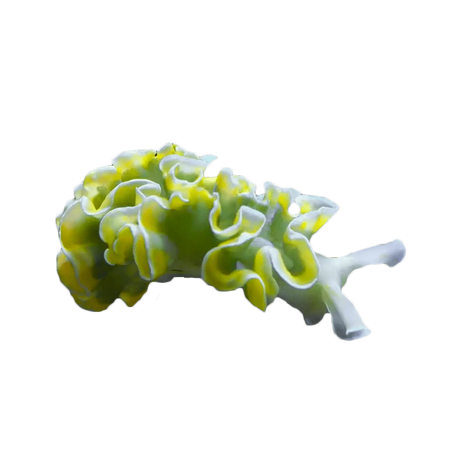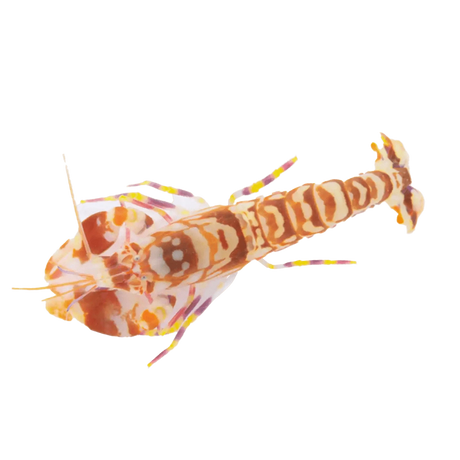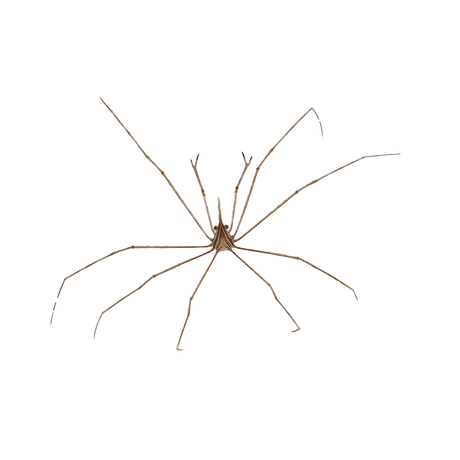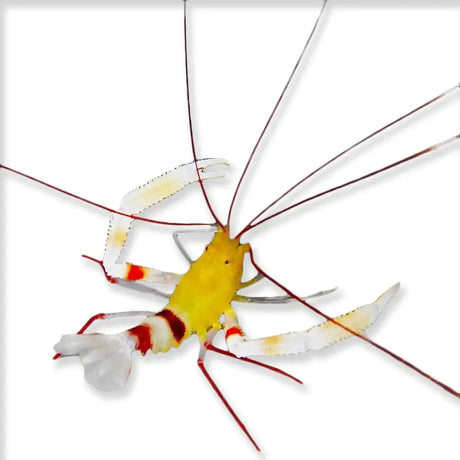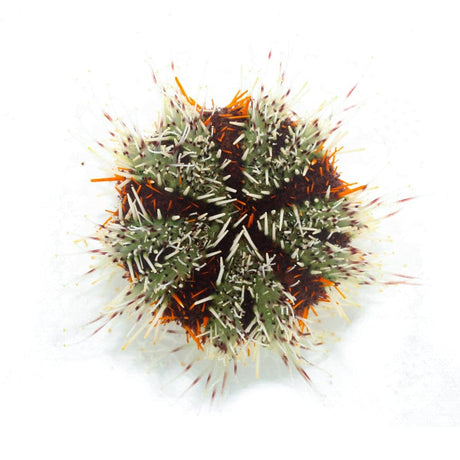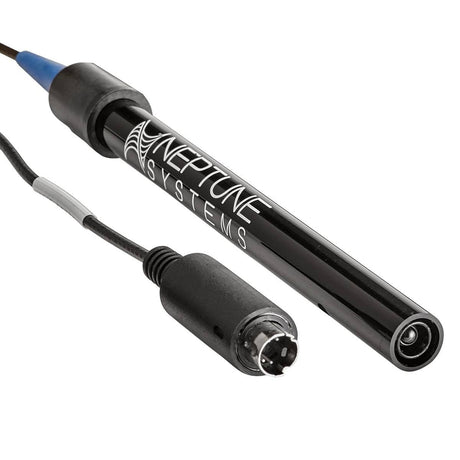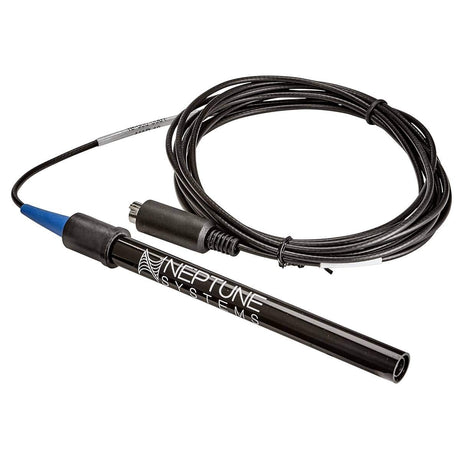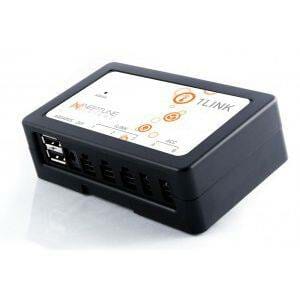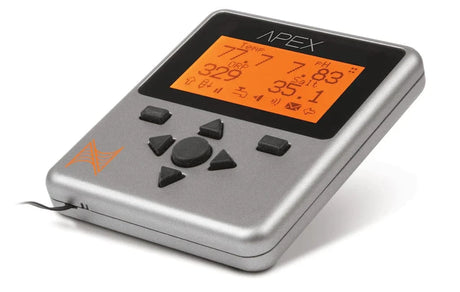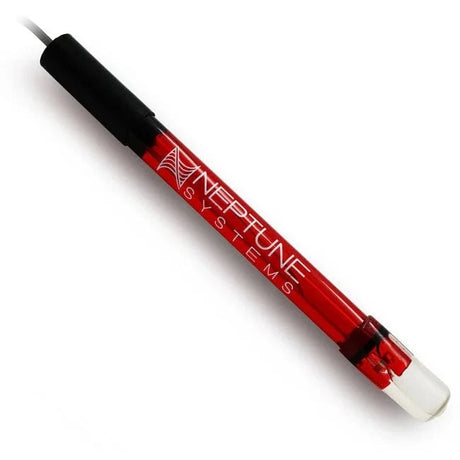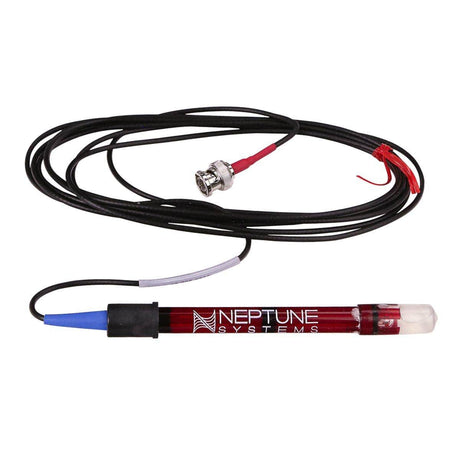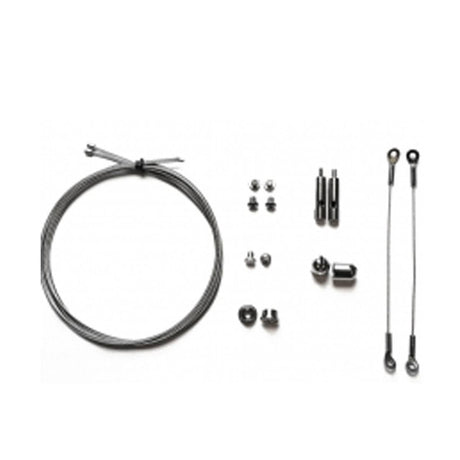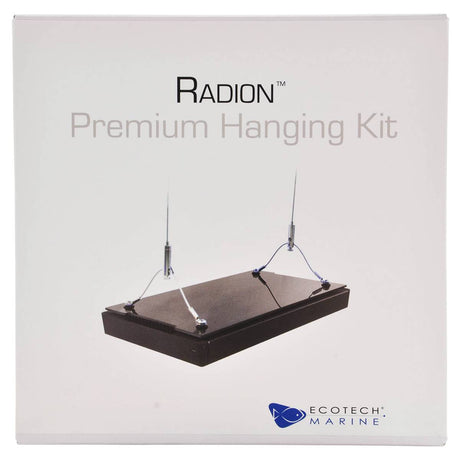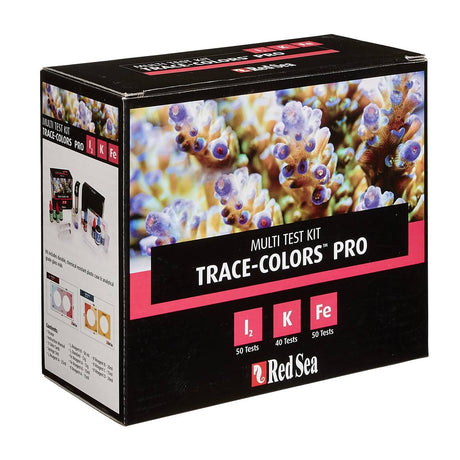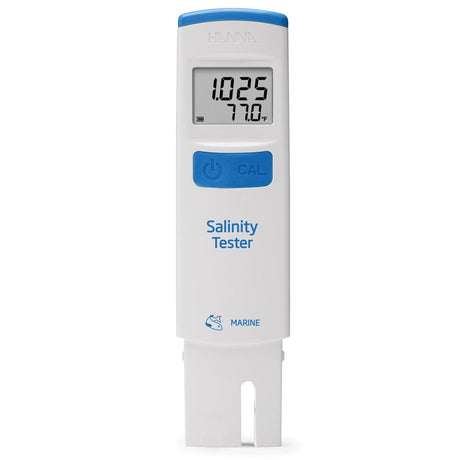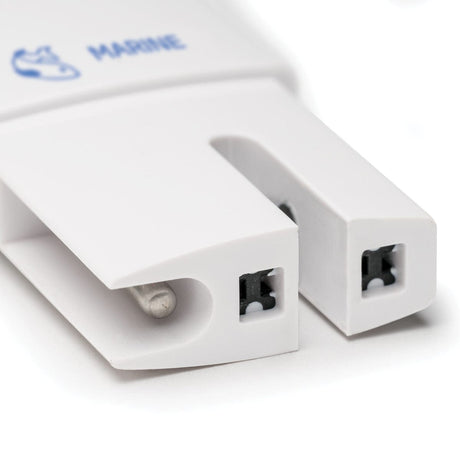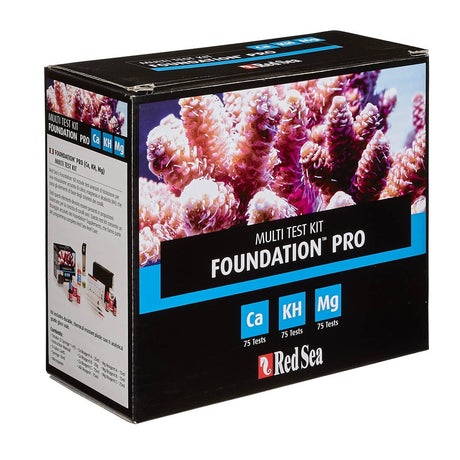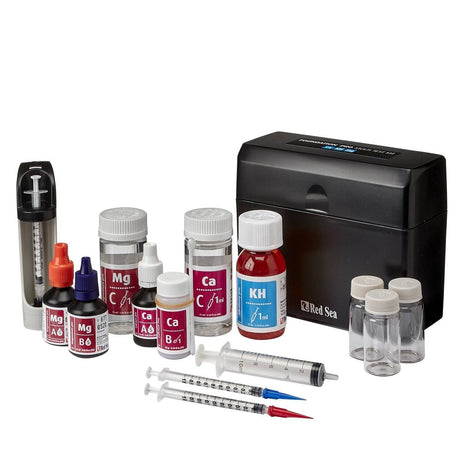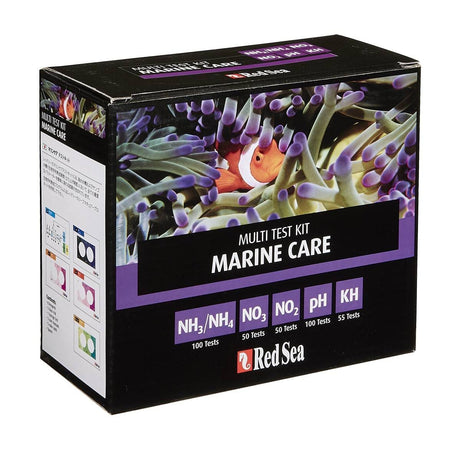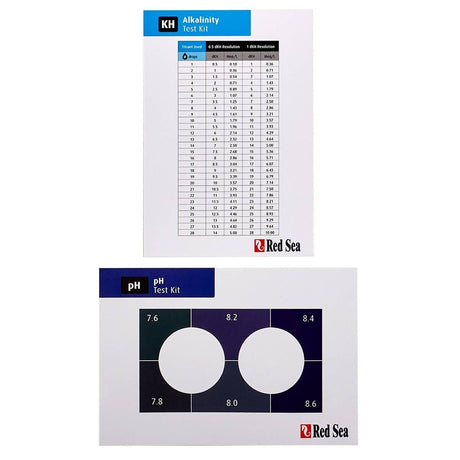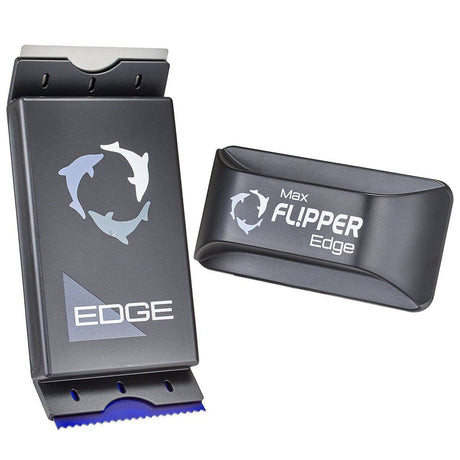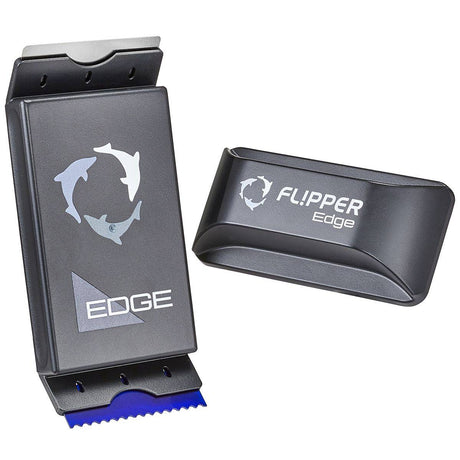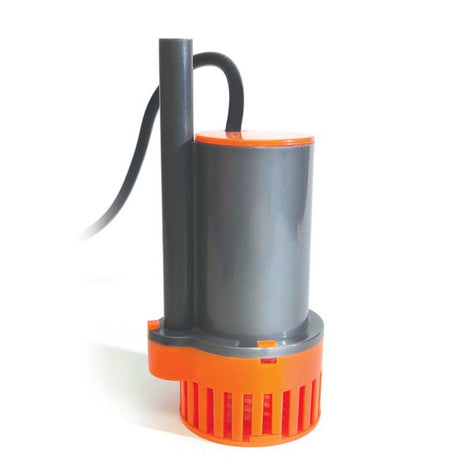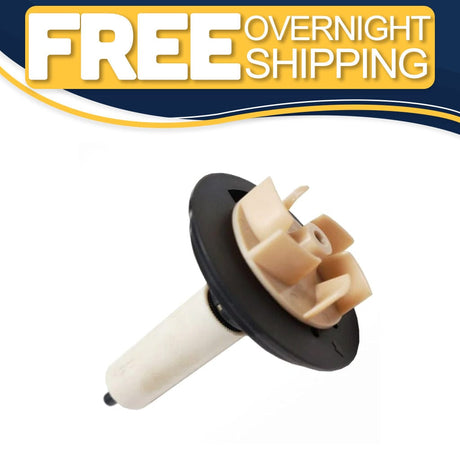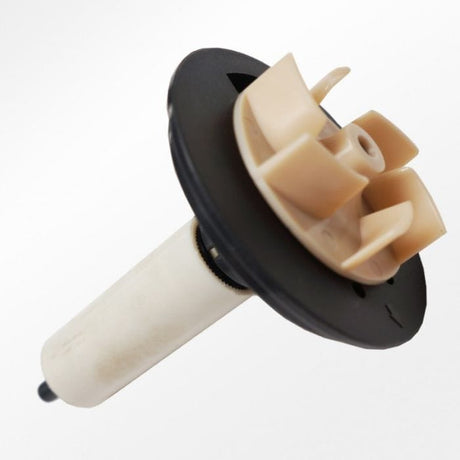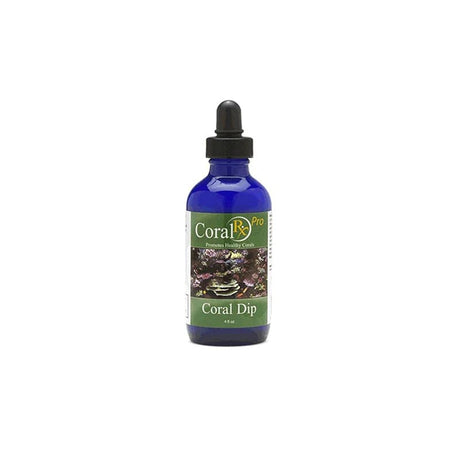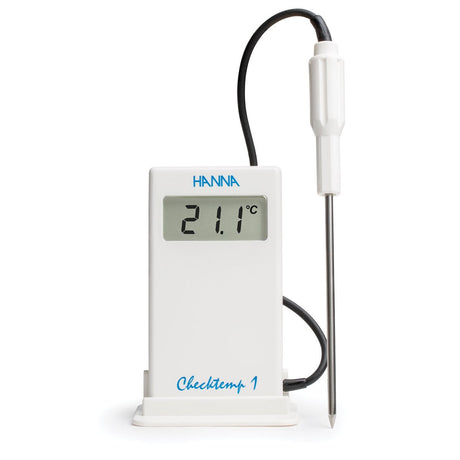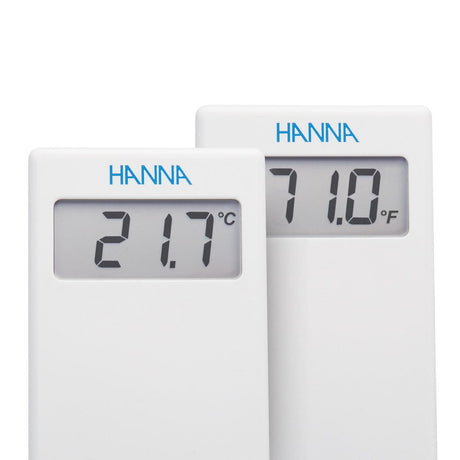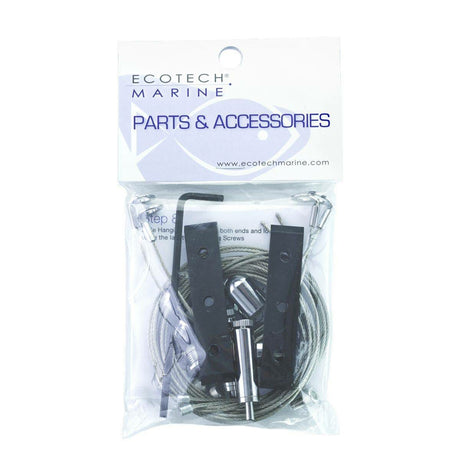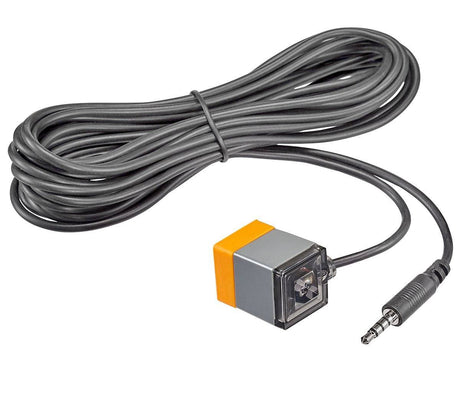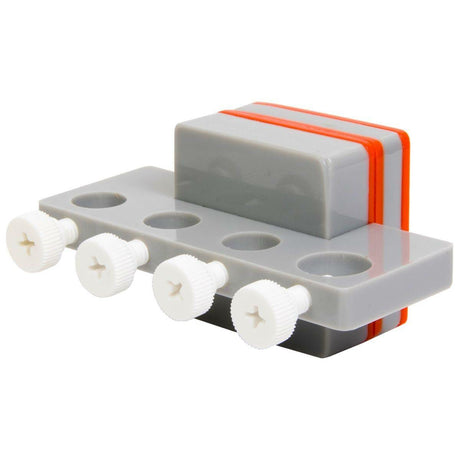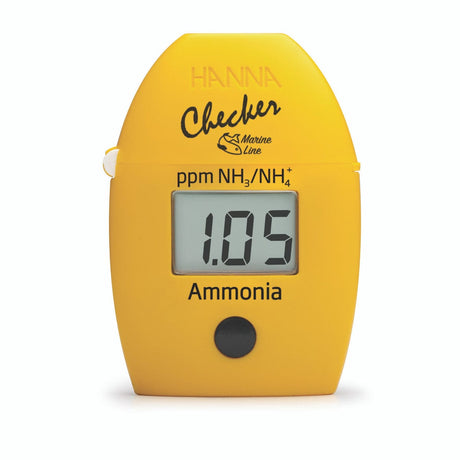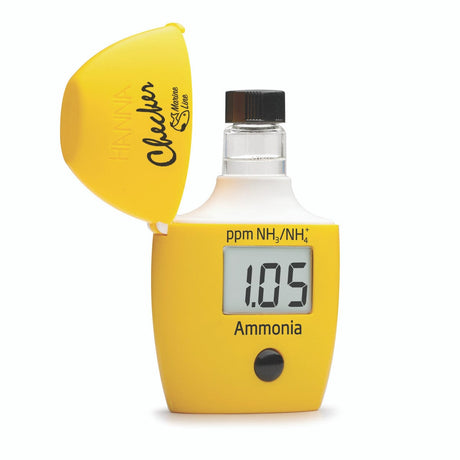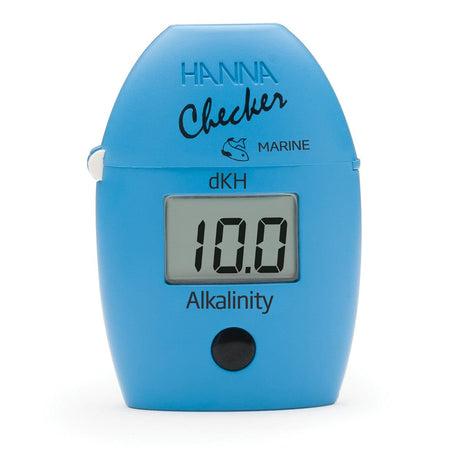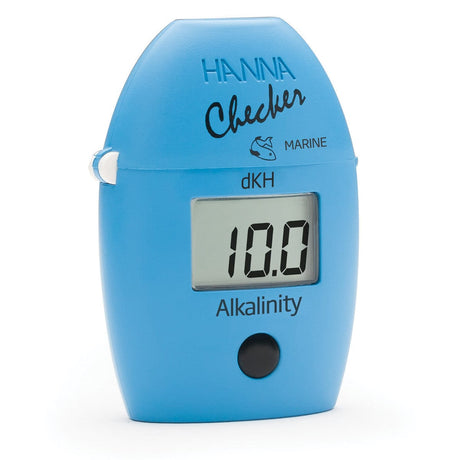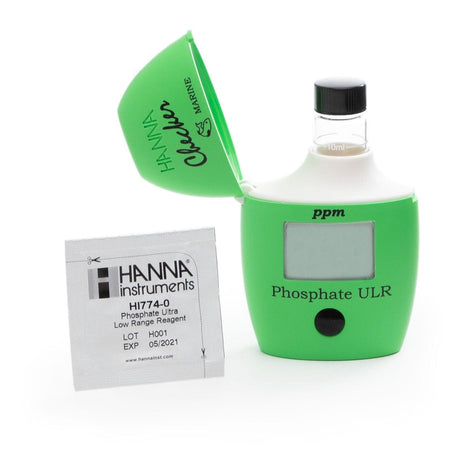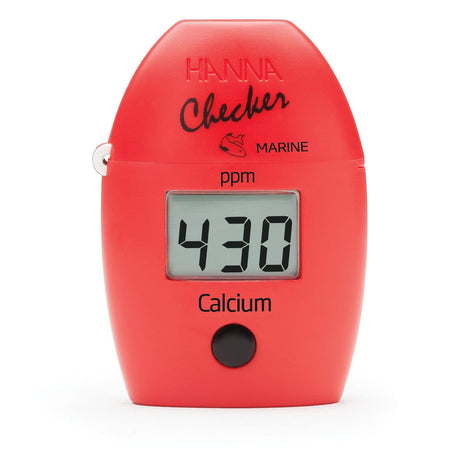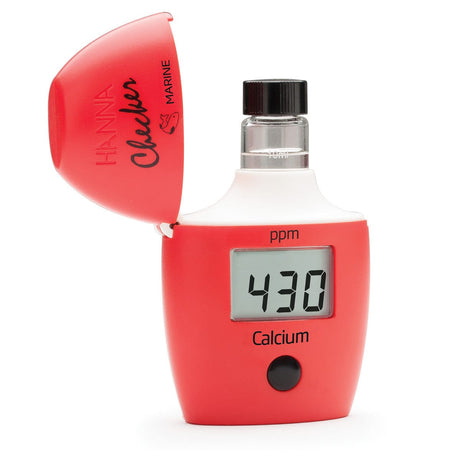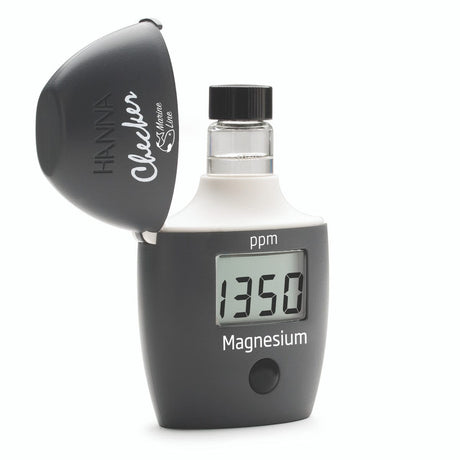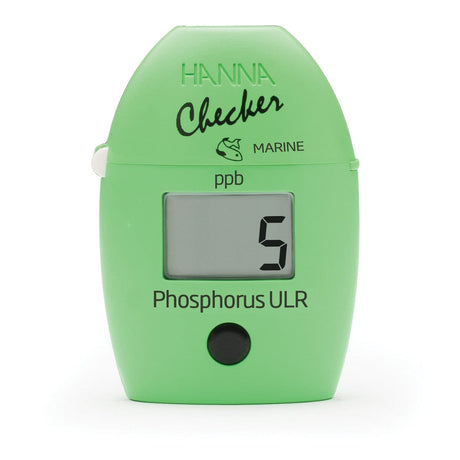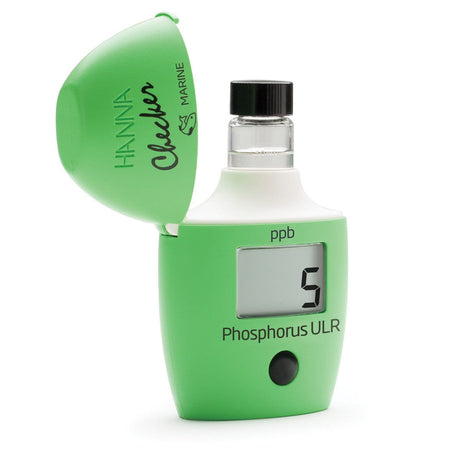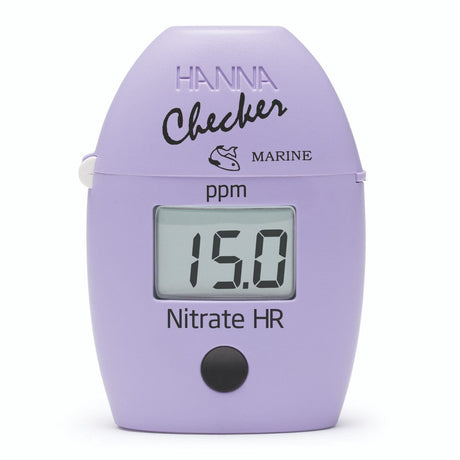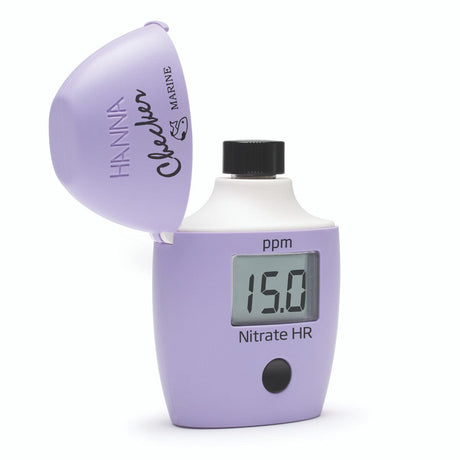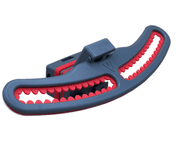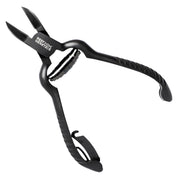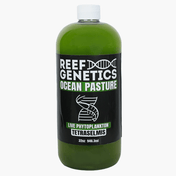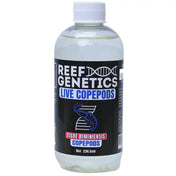Photo is of mother colony. You will receive a frag ¾" – 1" in size.
Introduction to Favia Corals
Favia corals, often referred to as closed brain corals, are a captivating addition to reef aquariums, admired for their fleshy polyps and distinctive patterns. These Large Polyp Stony (LPS) corals are available in a variety of vibrant colors, including shades of green, red, and gold, often featuring intricate ridges and grooves that resemble a brain-like structure.
Renowned for their resilience, Favia corals are an excellent choice for reef enthusiasts of all levels. Their moderate growth rate and compatibility with diverse tank setups make them a versatile and visually striking option for aquascaping.
Location
Native to the vibrant reefs of the Indo-Pacific, Favia species are commonly found thriving in sheltered areas along reef slopes and lagoons. These regions often have moderate water movement and nutrient-rich conditions that support their growth and vibrant coloration.
In the wild, these corals encrust rock structures and rubble, forming domes or expansive mats as they grow. Their adaptable nature allows them to settle in various light and flow conditions, making them a versatile addition to reef aquariums.
Water Chemistry
Favia corals are relatively hardy and can tolerate slight fluctuations in water parameters, though maintaining stable conditions is crucial for optimal health and vibrant coloration. Here are the recommended water chemistry ranges for these corals:
-
Calcium: 380–450 ppm
-
Alkalinity: 8–9.5 dKH
-
Magnesium: 1250–1350 ppm
-
Nitrates: 5–15 ppm
-
Phosphates: <0.10 ppm
-
Temperature: 75–80°F
-
Salinity: 1.024–1.026
These corals thrive in nutrient-balanced systems, where regular testing and adjustments help maintain consistent parameters. While they are forgiving of minor swings, providing a stable environment encourages steady growth and enhances their vibrant coloration.
Lighting
Favia corals thrive under moderate lighting conditions, making them adaptable to various areas of a reef tank. An ideal PAR range of 80–150 provides sufficient light to support their photosynthetic zooxanthellae while avoiding stress or bleaching.
These corals are well-suited for placement in lower to middle sections of the tank, where indirect light mimics their natural habitat on reef slopes and lagoons. Gradual acclimation to new lighting conditions is essential, as sudden changes in intensity can cause stress or lead to tissue damage.
At Top Shelf Aquatics, we use a combination of Ecotech Marine Radions and metal halides to create balanced lighting conditions that promote healthy growth and rich coloration for our Favia specimens.
Water Flow
Favia corals prefer moderate, steady water flow, which helps keep their fleshy polyps clean while ensuring proper nutrient delivery. Gentle currents are ideal to prevent debris accumulation without overwhelming the coral’s structure.
When positioning these corals, aim for areas with indirect flow, avoiding spots with strong, direct currents that could cause tissue recession or polyp retraction. Balanced water movement is key to maintaining their health and promoting consistent growth.
At Top Shelf Aquatics, we replicate natural reef conditions using a combination of Ecotech Marine MP’s, Reef Octopus Octo Pulse, and Sicce XStream wave makers. These dynamic flow patterns help support the health and longevity of Favia corals in our aquaculture systems.
What We Feed
Favia corals derive much of their energy from their symbiotic zooxanthellae, but supplemental feeding can greatly enhance their growth and coloration. These corals readily consume fine-particle foods and benefit from occasional feedings of meatier options like mysis shrimp.
At Top Shelf Aquatics, we provide Favia corals with a nutrient-rich diet, including our signature Royal Flush blend, which contains:
-
Tisochrysis
-
Rhodomonas
-
Tetraselmis
Additionally, products like Reef Roids and Benepets supply fine particles that Favia corals efficiently capture, while mysis shrimp, offered once or twice a month, provides a protein boost for better tissue development. Feed them 2–3 times a week using broadcast feeding or a turkey baster for targeted feeding. Pause water flow for 10–15 minutes to allow the coral to absorb nutrients effectively.
Coloration and Tank Maturity
Favia corals are celebrated for their vivid coloration, often displaying shades of green, red, gold, and even multi-color combinations that shimmer under proper lighting. Maintaining these striking hues requires stable water parameters, a nutrient-rich diet, and appropriate lighting conditions.
Trace elements such as iodine and iron, combined with a balanced feeding regimen that includes fine-particle foods and occasional meatier options like mysis shrimp, contribute significantly to their pigmentation. Proper care ensures these corals develop deep, rich colors and maintain steady growth patterns.
Favia corals adapt well to established reef systems and tend to settle quickly when placed in stable environments. Although they are relatively hardy, patience is key as these corals may take some time to display their full potential in terms of coloration and growth.
Common Challenges
While Favia corals are generally hardy and suitable for a wide range of reef setups, they can encounter challenges if conditions are not optimal:
-
Tissue Recession: Poor water quality, inadequate flow, or physical damage can lead to tissue loss, exposing the skeleton underneath. Maintaining stable water parameters and gentle, indirect flow helps prevent this issue.
-
Bleaching: Exposure to excessive light or sudden changes in tank conditions can stress the coral, leading to bleaching. Gradual acclimation to new lighting and consistent monitoring are essential.
-
Debris Accumulation: Due to their fleshy polyps and structure, Favia corals may collect debris on their surface. Moderate water flow helps keep their surface clean without causing stress.
-
Aggression: Favia corals possess sweeper tentacles that can extend during nighttime, potentially stinging nearby corals. Provide adequate spacing to avoid conflicts in the tank.
-
Pest Infestations: As with all corals, pests such as flatworms or algae overgrowth can occasionally pose a threat. Regular inspections and maintenance will help mitigate these risks.
How We Farm/Propagate This
At Top Shelf Aquatics, we take great care in cultivating and propagating Favia corals to ensure they thrive in home aquariums. Our expert team of marine biologists monitors water quality across over 30,000 gallons of farmable water volume, providing ideal conditions for these closed brain corals to flourish.
Propagation begins with selecting healthy mother colonies. Using precise coral band saws, we create clean and accurate frags with minimal stress to the coral. Each frag is then securely mounted onto plugs using reef-safe glue or epoxy and placed in specialized grow-out tanks designed to mimic natural reef environments.
Our grow-out systems feature balanced lighting, achieved with Ecotech Marine Radions and metal halides, and dynamic water movement generated by Ecotech Marine MP’s, Reef Octopus Octo Pulse, and Sicce XStream wave makers. This combination ensures the frags grow steadily, developing vibrant coloration and robust skeletal structures.
Every frag is closely monitored for growth and health before being offered to our customers, ensuring you receive a high-quality, sustainably propagated coral that will thrive in your aquarium.
Acclimation Guide
Proper acclimation is essential to ensure a smooth transition for Favia corals into your reef system. These corals can experience stress from shipping or environmental changes, so following these steps will help them settle in successfully:
-
Temperature Acclimation: Float the bag in your aquarium for 15–20 minutes to equalize the temperature.
-
Drip Acclimation (Optional): While not required, drip acclimation can be a good precautionary measure to gradually introduce your tank water to the coral. However, Favia corals may not adapt to the system as quickly with this method.
-
Lighting Acclimation: Place the coral in a shaded or lower-light area of the tank initially, or reduce your light intensity. Gradually increase lighting over 2–3 weeks to avoid bleaching.
-
Placement: Secure the coral on rockwork or a stable ledge using reef-safe glue or epoxy. Ensure gentle to moderate water flow to keep the coral clean and promote healthy polyp extension.
At Top Shelf Aquatics, we take pride in ensuring your order arrives safely and in perfect condition. Here’s everything you need to know about our shipping process:
Livestock Shipping Details
- Flat Rate Shipping:
- $39.99 Out of State
- $34.99 Florida (In-State)
- Orders over $299 ship FREE!
- NO FREE Shipping during Sale Events
- Shipping Days: The calendar during checkout determines when your livestock order will arrive. Normally we ship Monday - Thursday via FedEx Priority Overnight.
Orders placed by 2 PM EST Monday - Thursday ship the same day. Orders placed after 2 PM or on Fridays will ship the next business day. - Delivery Times: Most packages arrive by 10:30 AM EST, though remote areas may experience later deliveries.
We take every measure to protect your livestock, including specialized packaging to maintain temperature and safety during transit.
Dead on Arrival (DOA) Policy
In the rare event of a DOA, you must submit a DOA Request within 2 hours of delivery (FedEx posted time). Once submitted, we will issue a replacement or store credit for the livestock. Please note:
- Shipping costs are not included in the credit.
- Refunds are not offered for livestock or shipping.
While we cannot be held responsible for delays caused by mechanical or weather issues, rest assured we’ll do everything possible to make it right!
Reef Guard Protection Plan
For ultimate peace of mind, upgrade to our Reef Guard Protection Plan. With Reef Guard, you’ll enjoy:
- Extended Livestock Guarantee: Coverage for up to 5 days.
- Priority Resolutions: Hassle-free claims with fast resolutions.
- Weather & Shipping Delay Coverage: Includes FedEx lost packages and damages.
Shipping Restrictions
- We currently ship livestock only within the continental U.S.
- Note: Due to Hawaii state law, we are unable to ship corals to Hawaii.
Now’s the perfect time to prepare your aquarium for its new additions. Consider doing a water change and ensuring space is ready. Check out our YouTube channel for detailed care instructions for your new corals!
For any questions or concerns, feel free to reach out to our support team. We’re here to help make your reefing journey a success!
How We Capture Stunning Coral Photos
Our Gear:
We rely on the EOS R1 Mirrorless Camera for its unmatched ability to produce high-resolution, true-to-life images. This advanced camera is designed to excel in challenging lighting conditions, like those found in reef aquariums, capturing even the most subtle details with exceptional precision. Its fast focusing system ensures every shot is sharp, even in dynamic environments.
Our lens of choice is the EF 100mm f/2.8L Macro IS USM, a professional-grade macro lens specifically designed for close-up photography. This lens excels at capturing fine details like polyp extensions and intricate coral textures while maintaining accurate color reproduction. Its 100mm focal length allows us to shoot at a comfortable distance without disturbing the coral, and the advanced Image Stabilization (IS) ensures consistently sharp results. This is particularly important when photographing under water flow, where steady hands make all the difference.
Lighting Settings:
To bring out the vibrant fluorescence and rich hues of our corals, we photograph them under Ecotech Marine Radion XR30 Blues with these precise settings:
- 100% Violet
- 100% UV
- 100% Deep Blue
- 50% Blue
We also apply a custom white balance to ensure the colors you see in the photos match the corals' natural appearance in a properly lit aquarium.
We take great care with our photography to make sure every coral looks as vibrant and true-to-life as it does in person, so you can easily picture it thriving in your own reef.
